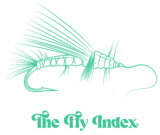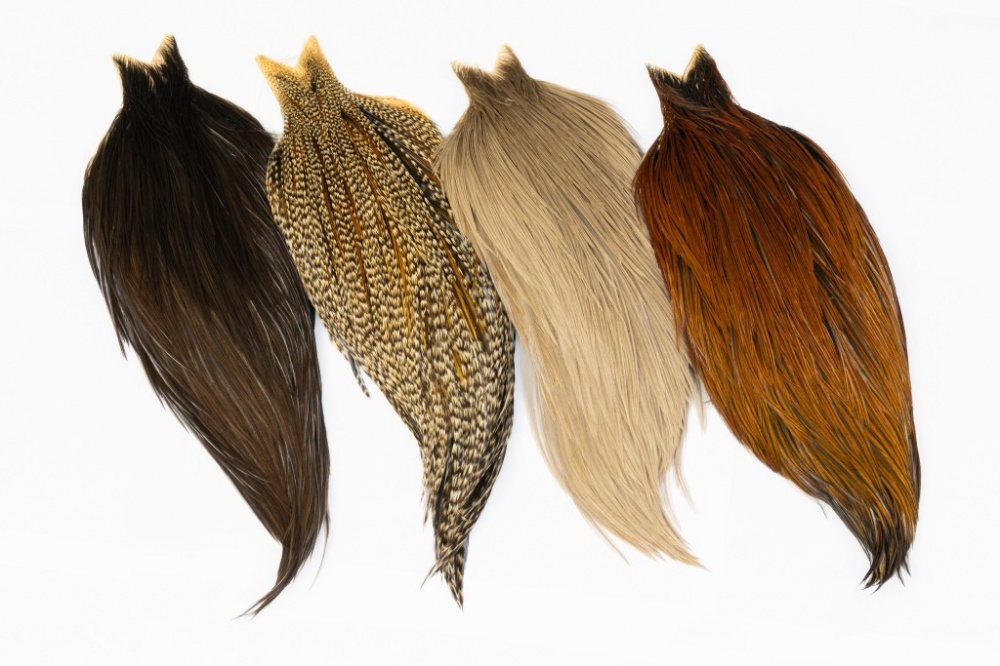While there are many reasons we love fly fishing, there’s nothing like catching a fish on a fly that you tied yourself. Getting the right tools and materials is essential for beginner tying flies that catch fish. In this article, we’ll explore the wide array of materials used in fly tying, for beginner flying tying from feathers and fur, to synthetic fibers and flash, as well as the tools needed to get started.
1. Fly tying vises
There are so many different vises on the market, that buying your first one can be a daunting task. Some people opt for a beginner’s tying kit which comes with a vise. These cheap vises can definitely tie incredible flies (especially if an incredible tyer is using one). Eventually they’ll either hold you back with their limitations—or worse—stop working altogether. Like any of the tools you’ll use in fly tying, we always suggest buying the best one you can afford at the time. If you start on something cheap, you’ll eventually want to upgrade and you’ll end up spending more in the long run by buying twice.
For a more in-depth look at tying vises, you can read this article which takes a deep dive. But here are a couple suggestions for three different price ranges:
Less than $20/£25
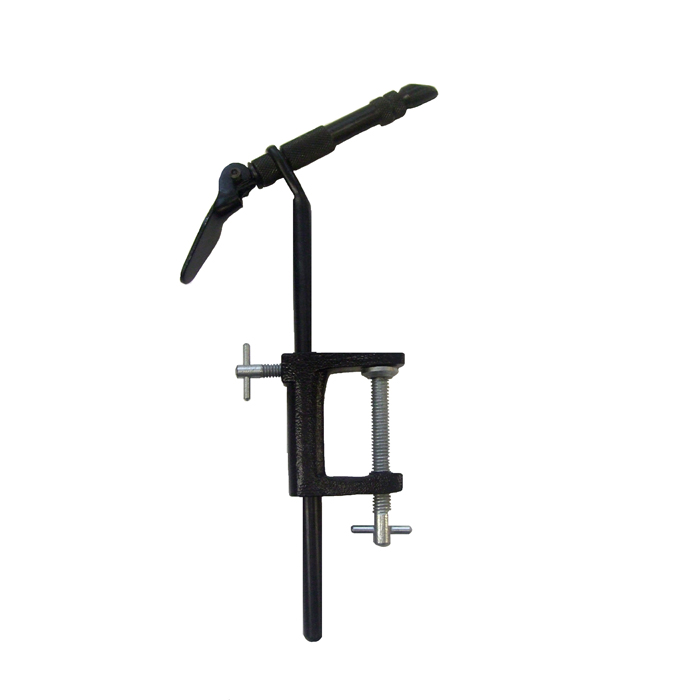
The AA C-Clamp vise is probably the most affordable vise on the market. It is fully capable of tying most flies, but might have trouble holding very small or very large hooks tight in its jaws.
$100-$150 / £130-£165
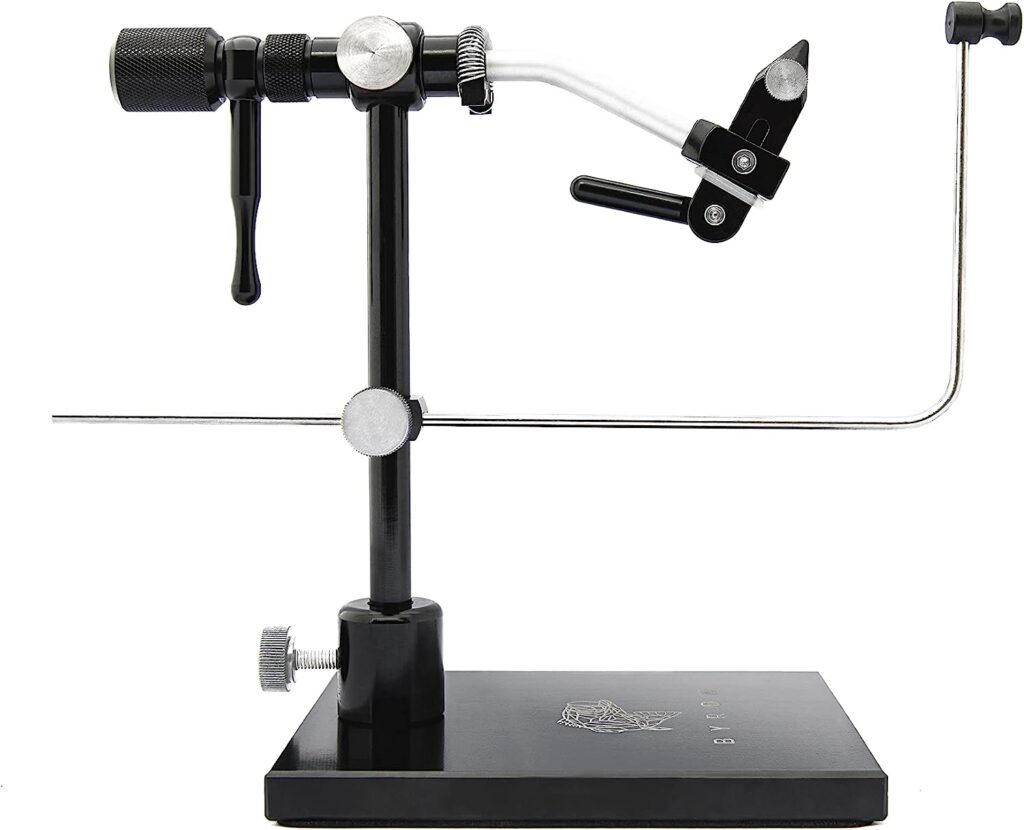
The Griffin Odyssey Spider Vise will be a huge upgrade from the AA vise. Able to hold hooks from size 28 to 4/0, this true-rotary vise is a much better starting point if it’s in your budget.
Slightly more expensive, but more robust, is the Regal Inex. It’s not a true rotary vise, but the head does rotate, giving you 360° access to your flies. Its simple design doesn’t require tightening any screws, or clamping down a lever, you simply squeeze the arm to open the jaws, and release it to clamp down on any hook size 22 to 1/0.
$200/£200+
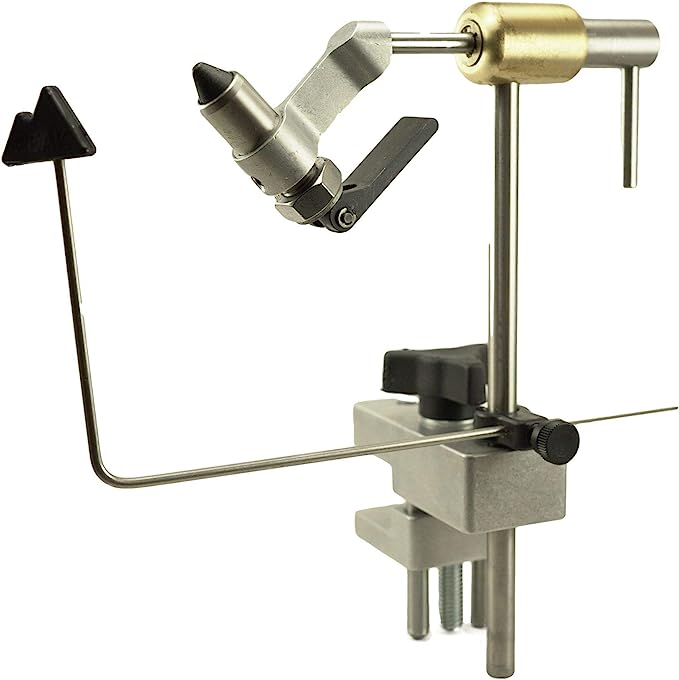
One of the best deals out there is the Peak Rotary Vise. Whether you opt for the C-clamp or pedestal, the true rotary vise is solid, made in the USA, and has plenty of available add ons. Able to hold hooks from size 20 to 2/0 in the standard jaws, you can also replace them with midge or saltwater jaws for additional flexibility.
There are plenty of more expensive options, however their functionality might not be worth the price tag, depending on your budget and needs. Here are a few incredible vises, with heftier price tags: The Renzetti Traveler and Presentation vises; The Regal Medallion and Revolution; and the Stonfo Kaiman, Elite, and Transformer vises.
2. Feathers
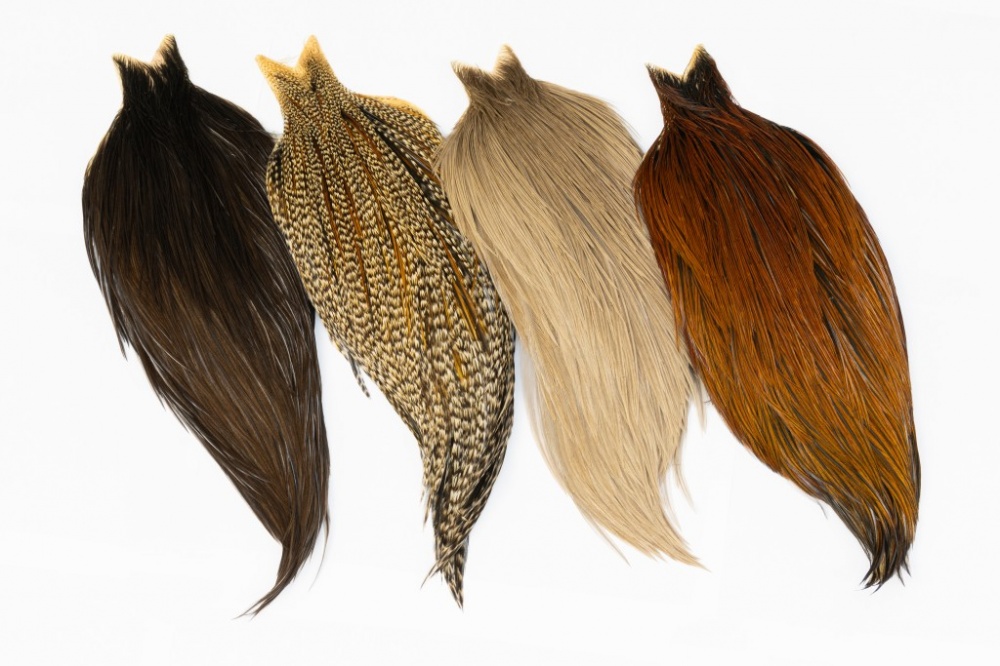
Feathers are probably the oldest and most quintessential materials in fly tying, lending movement and realism to imitate insects. Different types of feathers have distinct properties. Hackle feathers from roosters or hens, are used to create collars or palmered bodies. Soft, webby feathers from ducks and geese, known as marabou, add lifelike motion to tails on flies like the beginner-friendly Wolly Bugger. Peacock herl presents an iridescent shimmer for body construction on flies like the Prince Nymph, and turkey biots can create segmented bodies. Other feathers like pheasant tails and partridge feathers are also popular choices for various fly patterns.
3. Fur and Hair
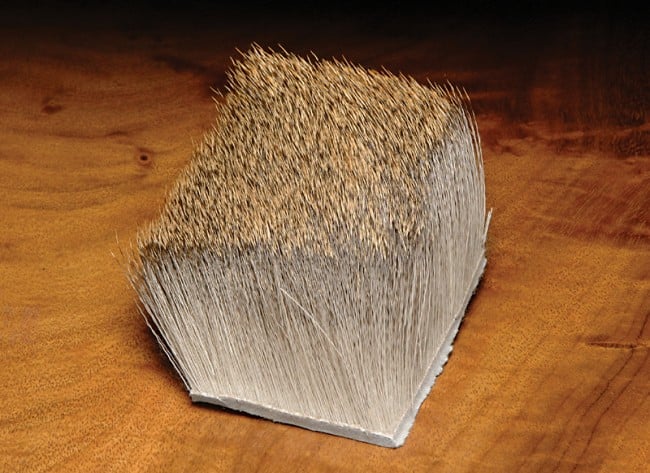
Fur and hair play a crucial role in fly tying, providing natural textures and bulk. Animal fur such as rabbit, squirrel, and deer hair are commonly used to craft bodies, wings, and tails. Rabbit zonkers create tantalizing movement underwater, while elk or deer hair is employed for buoyant wings and heads. The unique properties of fur and hair make them ideal for imitating specific insect species as well as creating attractor patterns.
4. Threads and Wires
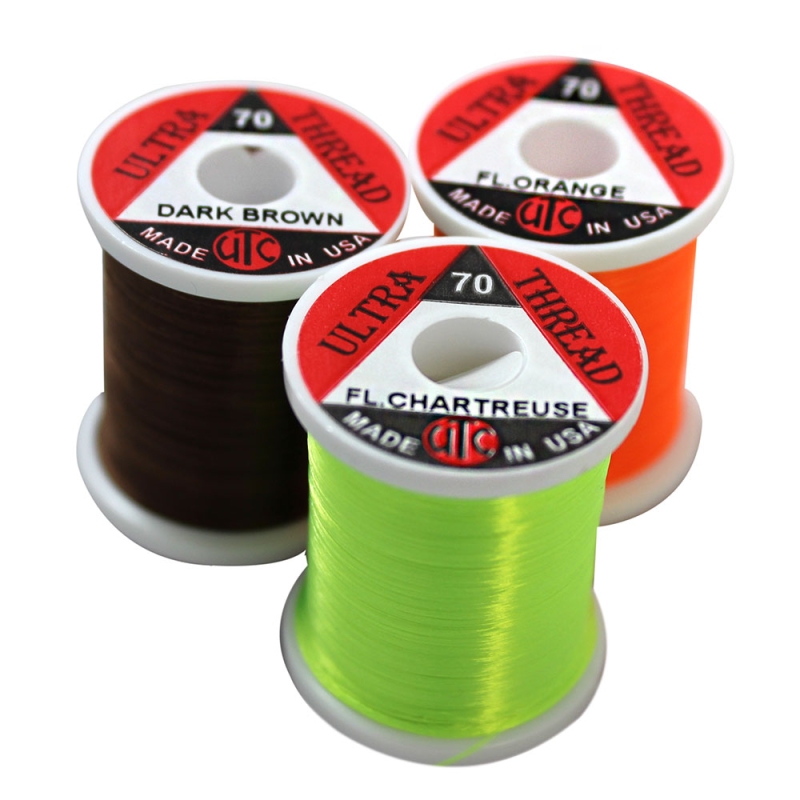
The basis for almost every fly is a spool of thread, which is essential for securing materials in place and building durable fly bodies. Threads come in various colors and thicknesses, allowing for precise wraps and finishes depending on the type of fly. Everything from nylon, to polyester, and kevlar threads are popular choices among fly tiers. Additionally, wires can be used to add weight, a bit of attracting flash, or to reinforce flies. Lead or tungsten wires provide sinkability, while fine copper or silver wires add segmentation and durability to patterns.
5. Synthetic Fibers

Synthetic fibers have gained popularity in fly tying due to their durability, vivid colors, and unique properties. Almost every natural material has a synthetic alternative (some work better than others, and feathers for dry flies are very difficult to replace). Materials like polypropylene, poly yarn, and Antron create buoyant bodies, wings, and indicators. Synthetic dubbing blends offer a range of colors and textures, ideal for imitating various insect species. Some materials also possess inherent water-shedding properties, making them suitable for dry flies and emergers.
Flash materials add a touch of sparkle and attract fish with their reflective properties. Tinsels, mylar, and Flashabou are commonly used for creating flashy bodies, wings, and tails. These materials imitate the natural shimmer of fish scales, creating an enticing target for predatory species. Proper use of flash materials can make a fly more visible in low-light conditions or provoke aggressive strikes when fish are in pursuit of flashy prey.
Assembling the right materials for fly tying allows anglers to create flies that mimic natural insects and entice fish to strike. From feathers and fur to synthetic fibers and flash materials, each component brings a unique aspect to the art of fly tying. The selection of materials largely depends on the target species, water conditions, and specific fly patterns. As you explore the vast world of fly tying, remember to experiment, combine different materials, and unleash your inner creativity.
